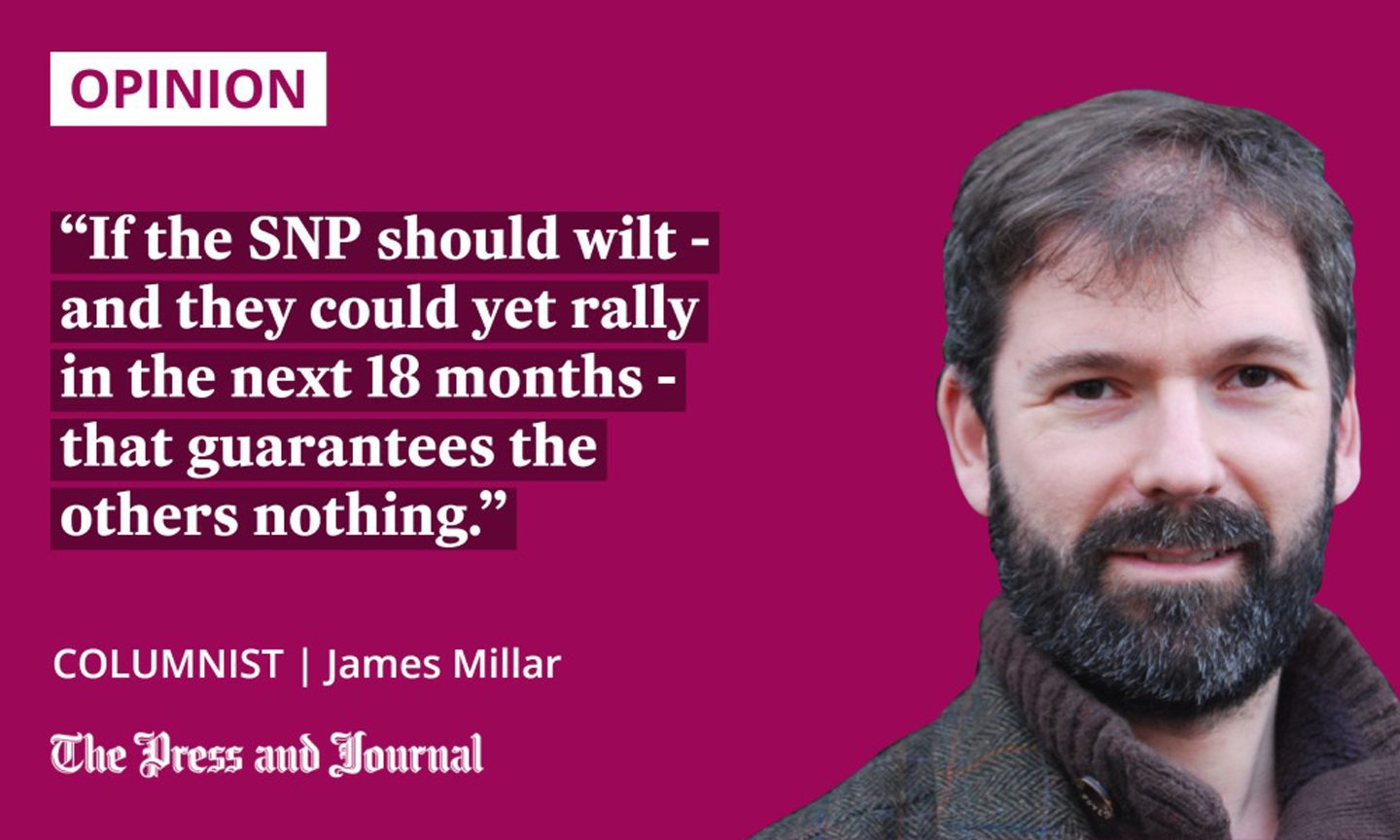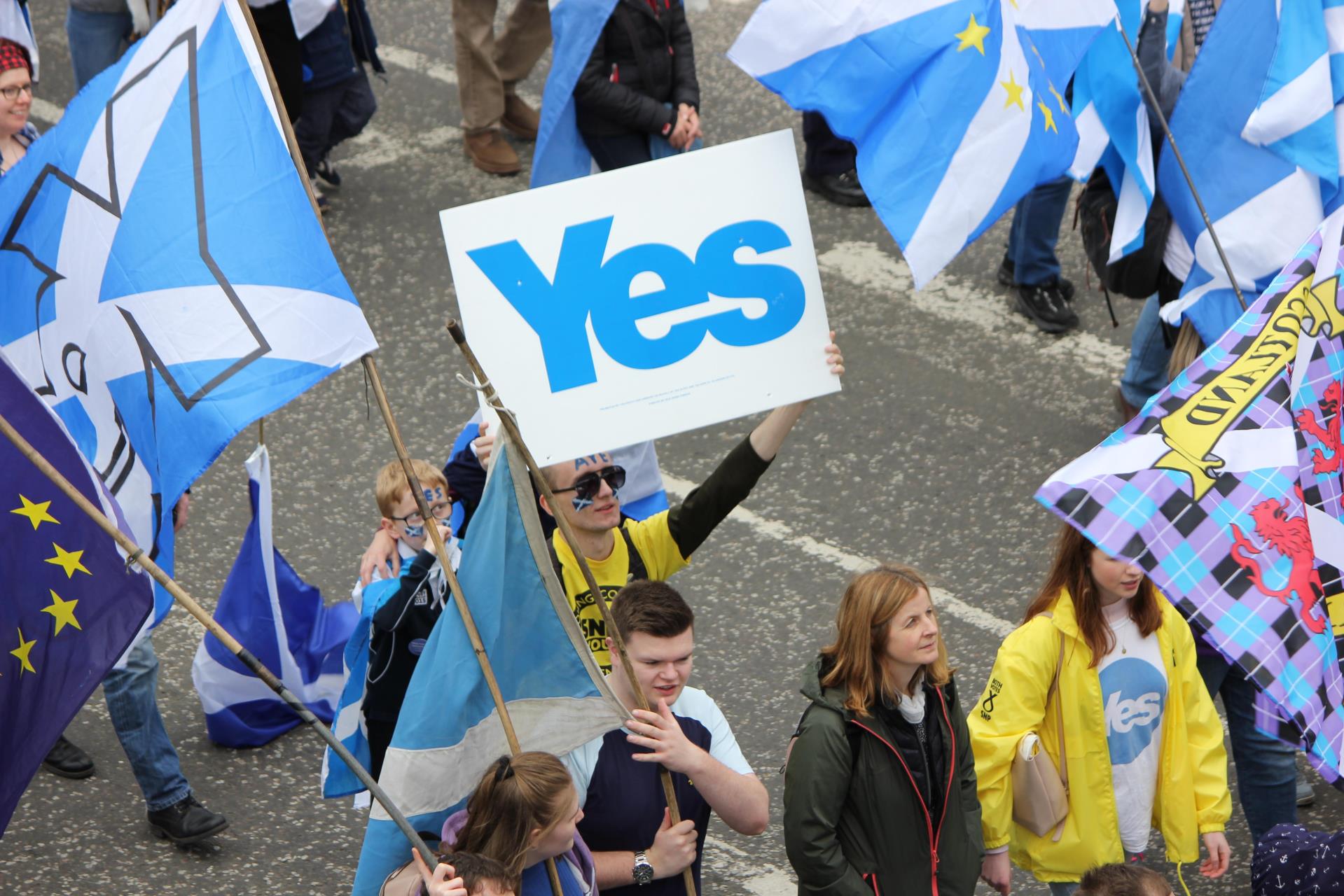There are parallels between plants and politics. But this is not a column about the sometimes turnip-headed behaviour of elected representatives.
As growing season gets underway, we may marvel at the blossom and the blooms, but the key to what you see is happening elsewhere – in the roots.
And we are about to find out more about just how deep our political parties’ roots go in Scottish society.
The Labour Party has always fancied itself a movement with roots – it’s no coincidence that they chose the red rose as their symbol. Jeremy Corbyn lavished attention on the roots but, by ignoring the fact they function to feed something more pleasing, his electoral returns withered on the vine. (And this approach might explain why his allotment seemed to yield nothing more tasty or beautiful than a marrow.)
Scottish Labour took those roots for granted, only to discover they were far more shallow than previously believed when the SNP blew them over in 2015.

The idea that people vote through pure muscle memory has always been open to question, particularly questions about how that sort of belief denies the electorate agency. The Scottish result at the 2015 general election ought to have inflicted some dieback on such lazy thinking, before the 2019 election condemned it to the compost heap.
If Labour’s long hegemony almost everywhere north of Birmingham still left them susceptible to the winds of change, what chance do the SNP have after less than a decade?
You have to put in the hard work
The scale of SNP victories in every election since 2010 gives an impression of invincibility and inevitability. But the current hoo-ha involving everything including the kitchen sink in a campervan hints that some in the hierarchy had lost their focus.
If Labour are to capitalise on the state of the SNP, they will have to do more than they are right now. Those who reckon they can win as many as 30 seats at a general election because there are so many broadly similar constituencies in the Central Belt that it’ll be a case of “win one, win them all” are getting dangerously ahead of themselves.
The SNP win in 2015 grew out of fertile territory, prepared by the broader Yes movement, and subject to a very particular political weather.
If the SNP should wilt – and they could yet rally in the next 18 months – that guarantees the others nothing.
Every gardener knows that the best bit is enjoying a riotous flower bed or a fruitful vegetable patch. But you have to put in the work to get there. The party that’s best set to benefit from current uncertainty will be the one that creates the conditions to put down roots, while ultimately focusing on the electoral harvest.
James Millar is a political commentator, author and a former Westminster correspondent for The Sunday Post












Conversation